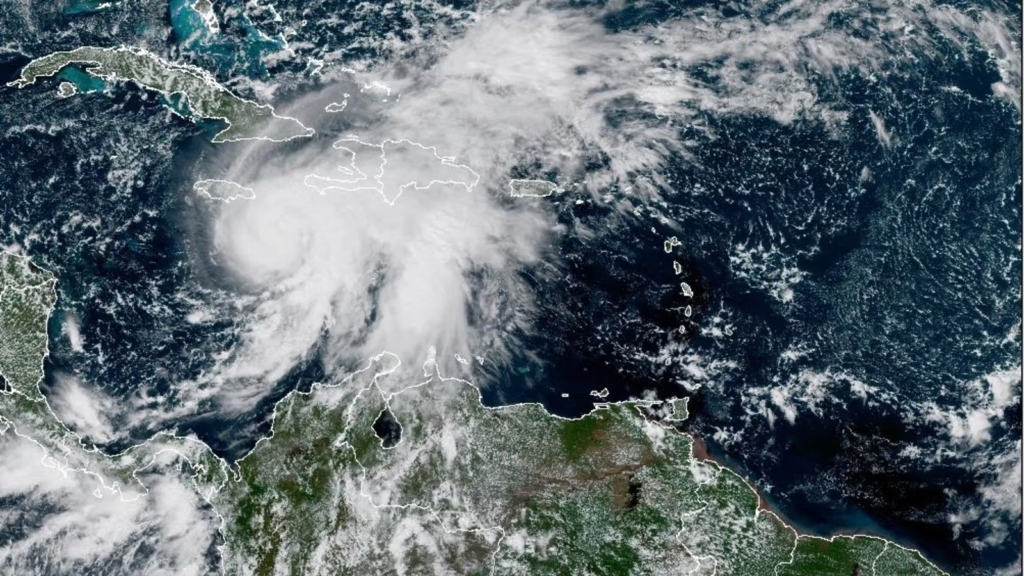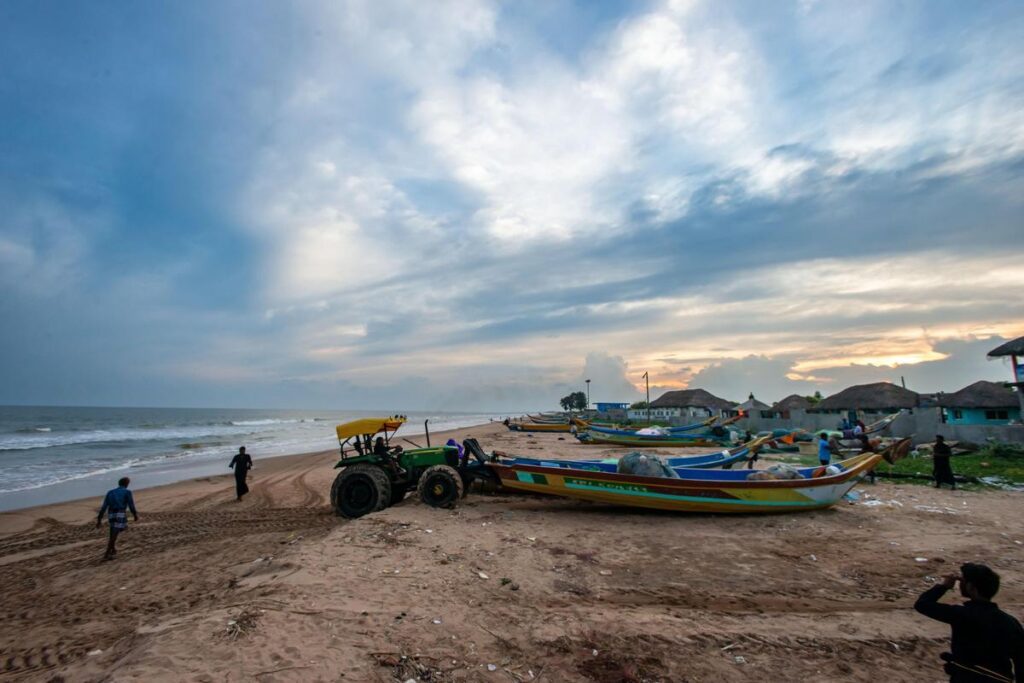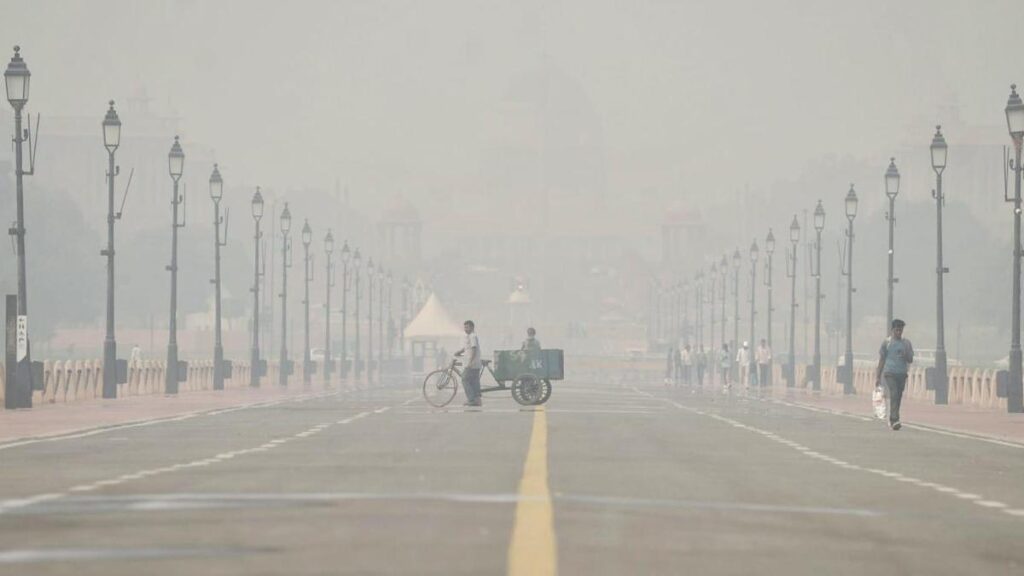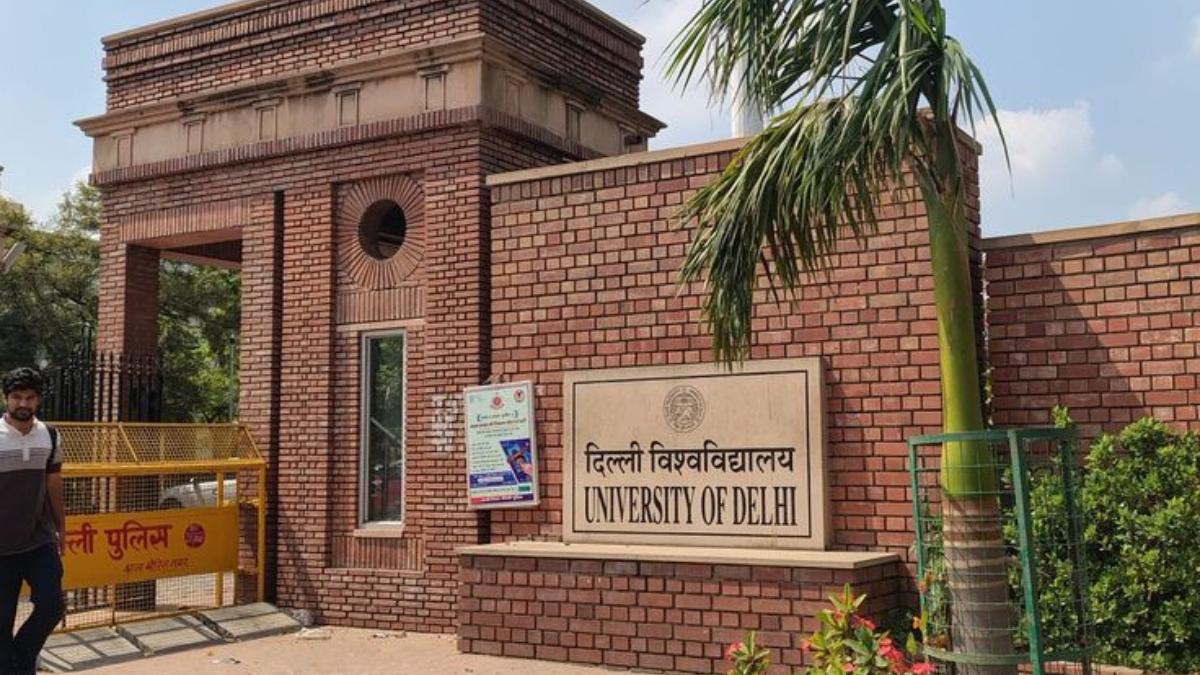Now Reading: Dehradun Tragedy: Death Toll Reaches 20, Dozens Still Missing After Heavy Rains
-
01
Dehradun Tragedy: Death Toll Reaches 20, Dozens Still Missing After Heavy Rains
Dehradun Tragedy: Death Toll Reaches 20, Dozens Still Missing After Heavy Rains
Dehradun continues to reel under heavy rains and cloudbursts, with the official death toll now at 20 and 13 people still missing. Flooding and landslides have severely damaged homes, roads, riverside areas, and several bridging points across the district. Rescue operations are ongoing amid challenges posed by disrupted infrastructure and continued bad weather.
Scale of the Damage
The disaster hit several locations, including Sahastradhara, Maldevta, Karligad, and Premnagar. Rivers like Tons (Tamsa) are in spate, overrunning riverbanks and inundating riverside settlements. Key road links have been washed away or damaged, making access to affected areas difficult.
Many houses are destroyed or have suffered severe structure damage. Shops and small businesses along water paths have been submerged. Some residents were stranded in their homes or camps, with local authorities scrambling to move them to safer shelters.
Challenges for Rescue and Relief
Rescue teams — NDRF, SDRF, local police — are working under tough conditions. Blocked roads, debris, and ongoing rain are slowing down both search and aid delivery. Recovery of unidentified bodies adds complexity, as does communication breakdown in remote hilly areas.
Water and power supply outages are reported in multiple sectors. In several zones, people are relying on makeshift arrangements for drinking water. Communication networks are spotty in places cut off by landslides or flooded roads.
What This Means for Smaller Towns & Communities
Even though this is a major event in Dehradun, its effects reverberate across smaller towns and villages. These areas often lack strong infrastructure, early warning systems, and rapid response units. What happens here could mirror what communities face elsewhere in Uttarakhand and similar hill-states when weather turns extreme.
Local people often depend on agriculture or tourism, and damage to roads and shops directly hits livelihoods. Schools, shops, temples near riversides, and small bridges are especially vulnerable. In smaller settlements, relief and repair capacity is limited.
Government Response & What Next
Authorities have escalated search and relief efforts. Shelter, food, medical help are being dispatched. Officials are trying to restore damaged roads and bridges, evaluate which structures are safe, and work to evacuate people from high-risk zones. Weather alerts remain in effect.
Long-term, there are calls for better urban planning, improved drainage systems, stricter regulation of construction near riverbanks, and more resilient infrastructure. There is also demand for robust early warning systems and community awareness programs about cloudbursts and landslide risks.
Conclusion
The Dehradun tragedy is a stark reminder of how fragile life becomes when nature’s fury meets weak infrastructure. Twenty lives lost, many missing, homes destroyed — these are not just numbers but communities shattered. For hill regions and smaller towns, the focus must be on resilience: better planning, timely warnings, and systems that can withstand extreme rainfall. Only then can loss of life and suffering be reduced when the next storm hits.








